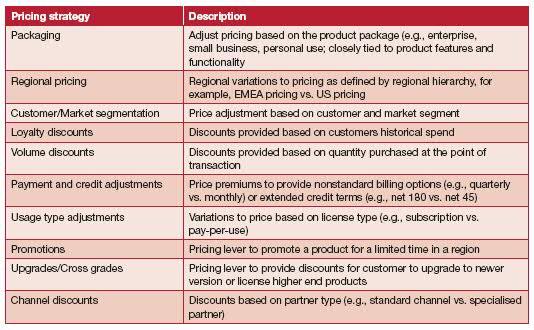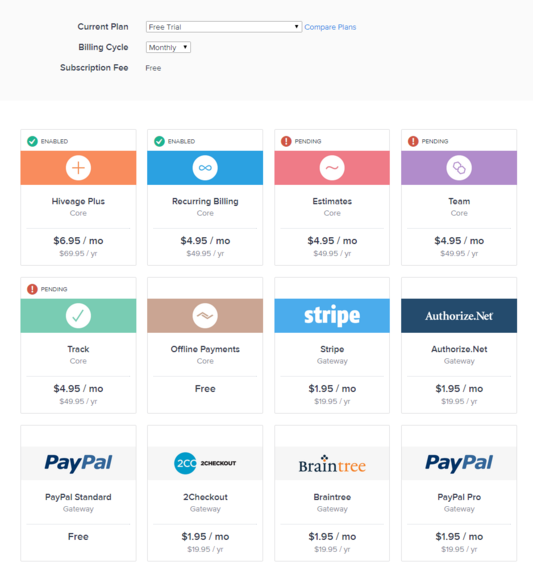Software as a service (Saas) pricing can be a tricky thing. Vastly different than commodity pricing, SaaS pricing strategy tends to revolve around ongoing utility rather than a cut-and-dry "flinch test" (keep raising the price and constraining the terms until the customer flinches). While the latter may have been an effective pricing art in the era of enterprise software, as Bessemer Venture Partners notes, the flexibility of a cloud computing customer to flip your services on and off requires greater emphasis on customer pricing expectations, not just a financial spreadsheet.
SaaS pricing strategy depends on policies that guide discounting and margin management, according to PwC, who estimates it takes most SaaS providers at least two years to break even. Typical SaaS pricing models typically bill clients using one of the following three metrics:
- Number of users
- Volume of resources consumed, or
- A combination of both
The folks at Sixteen Ventures, authorities on SaaS strategy, have a model called the 10x Rule. Use it in your = SaaS pricing strategy and, they claim, you'll make your customer happy while boosting company profits.
I decided to test out this theory.
As a consultant, on one of the obligatory business tasks I passionately resist is client invoicing. Like any software tool, an accounting program should be so simple to use that a user doesn't have to be an accounting professional to take care of his or her basic business needs. This brings me to a great, new invoicing service I discovered, Hiveage, and a pertinent quote from CEO Lankitha Wimalarathna: "For freelancers, it's all about getting things done quickly and easily. We're sick of clunky applications that require learning, and much prefer our users to jump right in and start doing."
Tell me about it.
One of product's unique features is customizable module pricing -- pay for what you need. And this occurs even at the beginning of the "free trial."
I wish my cable company would let me do this -- Investigation Discovery, yes, Cartoon Network, no. But that might create a whole lot of unused inventory and revenue loss for the big cable providers.
So, does it work for SAAS products? I sent a three-point Q&A to Wimalarathna, to find out if, in fact, the pricing structure making me happy, is making him profit, as well.
Q: Has customizable pricing been a successful, profitable move for Hiveage?
A: Customizable pricing has been one of the cornerstones of our success. While our pricing overall is competitive, the fact that you can mix and match and pay exactly for the features you need has made us very popular among small businesses who don't want to pay for the 'catch-all' tier systems offered by other online billing packages. We like to think of ourselves as the sushi train of online billing apps - we have everything, but you only pay for what you actually eat! Naturally, SMEs love this!
Q: How important is customer input to your pricing model and general strategy?
A: Customer feedback is at the core of our design and development processes, and we constantly go back to the drawing board based on issues that our users bring up. We've always understood that the day we stop trying to meet their demands is the day we stop being the service we have always set out to be.
In fact, some of our coolest features have originated in support threads! We are blessed with a passionate userbase and a vibrant community, and modifying the app based on what they need is one of the most rewarding parts of our job.
Q: What do SaaS businesses need to keep in mind as they negotiate pricing rates?
A: Perhaps the most important thing you need to remember as a small business offering SaaS is that people expect more and more for less and less. This doesn't mean that you should cut your prices and run at a loss. Instead what you can focus on is keeping your operating costs low and passing these savings on to your users.
Takeaways
Think about it. Do you really need that new pool table in the break room? Are you spending more on utilities that you should be?
Most SaaS markets are super saturated and highly competitive, and keeping your own costs down can be a great way to offer the same features that your competitors do, and carve out a sizable chunk of that market on pricing alone.


